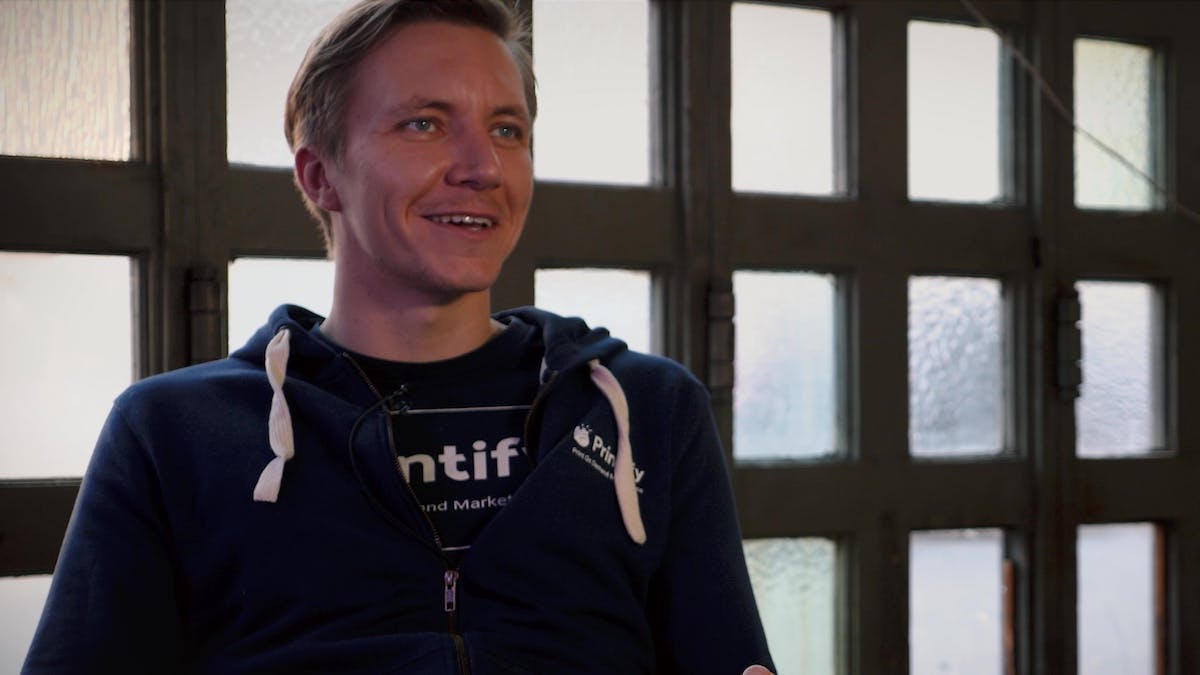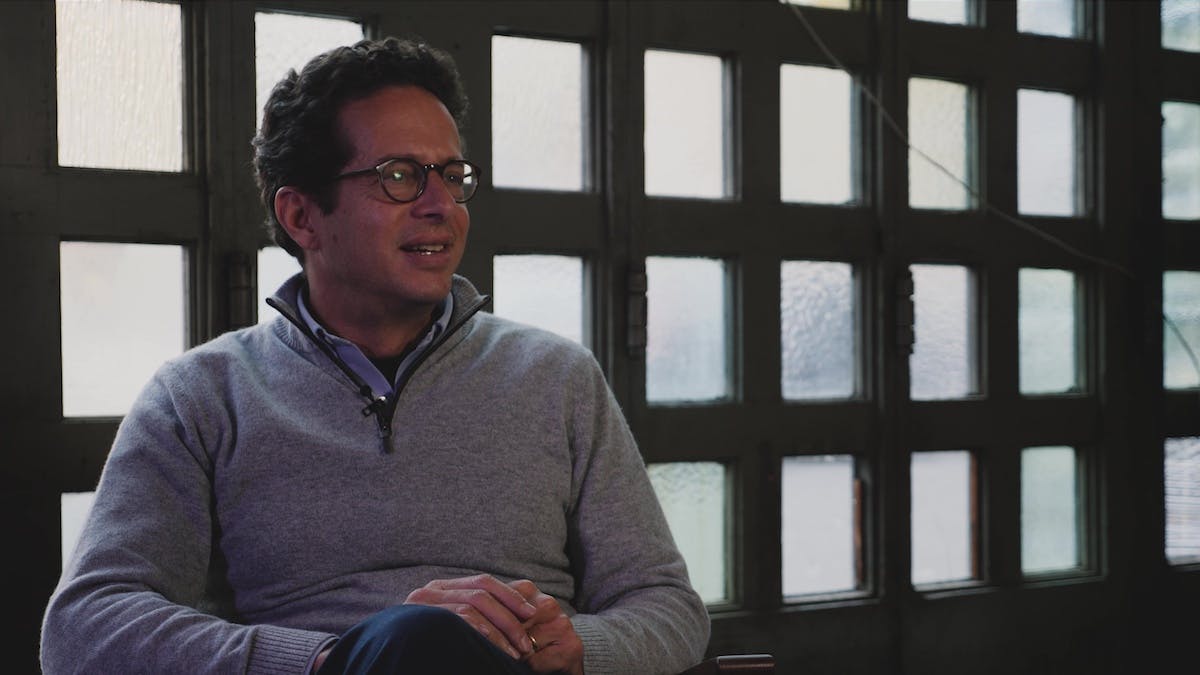How marketplaces can help users succeed
James Berdigans believes his B2B platform thrives when its customers and providers thrive.
Published on
Last updated on

The Backstage brings you a series of interviews with leading marketplace experts. Here's episode 5 with Printify CEO James Berdigans.
Printify was founded in 2015 as an online aggregator that helped e-commerce businesses find an on-demand print provider. Three years later, the company has shifted to a marketplace model, serving more than 300,000 e-commerce customers with a supply of over 90 print providers worldwide.
Co-founder and CEO James Berdigans explains that starting with an aggregator model and focusing on building supply helped Printify improve liquidity in their early days. Today, Berdigans says the primary task of the marketplace is to help users succeed in their business.
Pressed for time? Here are our three main takeaways.
- Aggregate fragmented markets. If you’re having trouble finding a good provider for something you need, chances are there are others facing the same problem. Marketplaces thrive in fragmented markets where there are lots of small players instead of a few well-known giants. Berdigans explains that Printify was born out of a real problem the founders had: finding a print provider for their own e-commerce business.
- Learn what motivates your users. Printify’s users are motivated by profits, so Berdigans and the team do everything in their power to help their users succeed. They conduct lots of user research to ensure they are developing their platform in a way that helps their users turn a profit.
- Understand what it will take to build a marketplace platform from scratch. Printify almost went bankrupt when they were switching to a marketplace model. This was because they underestimated the time and money building a fully functional marketplace platform would take—almost a year in their case! If you’re building complicated technology from the ground up, make sure you estimate the costs realistically.
More of a reader? You can read a full transcript of our interview with James Berdigans below. The transcript is lightly edited for an enjoyable reading experience.
My name is James. I am from Printify.
Printify is a marketplace that connects print-on-demand merchandise companies with e-commerce stores that sell these products on their e-commerce stores. So, products are printed one at a time and drop-shipped directly to the end consumer.
I had a problem myself, and we started building an automation solution with the printing companies, the print providers.
In the process, we realized that, actually, there is more opportunity in the automation solution itself than in us selling products. That's how we figured out to scale this solution to thousands of businesses who have a similar problem as we did.
We started with supply, by contracting suppliers, which made up the initial offering of the product.
We were not a marketplace from day one. In the beginning, we just had contractors and we were trying to get volume. We saw it as a service.
Once we had built enough of volume, we actually switched to a marketplace model. So, opening it up for other suppliers. That is a common methodology for switching to a marketplace business model.
There are many different ways of how we try to do it. One of the important factors is how much time our users invest in our platform, building their store, their products, with our platform. The more time they invest, the more likely they are to stick with our platform.
Profit is the biggest motivator for our users. The more tools, and products, and features we have for them to be successful selling and making money, the more likely they are to stay.
Our challenge is making our user successful. If our users are successful, we will be successful.
Listening to our users, what products they are looking for, what capabilities they are looking for.
We do a lot of user research. A lot of interviews, a lot of data analytics, and we build features based on this data. We do a lot of testing, hypothesis testing and launches, both beta launches and full launches.
Well, one of the biggest mistakes we made was our assumptions about how much time it will take to build the marketplace.
We thought that we would be able to switch from the aggregator model to a marketplace model in three months. Actually, it took us a year to build the marketplace infrastructure, which made us almost go bankrupt because it was very expensive and very time-consuming.
It took us more than a year. We were doing that for the very first time and we didn't have the experience or knowledge to estimate realistically.
This is the fifth episode in The Backstage interview series. The series has 13 episodes featuring marketplace industry heavyweights like Doreen Huber, Axel Heinz, and Josh Breinlinger. You can subscribe to the series by signing up for the Marketplace Academy newsletter.
You might also like...

Investor Ben Narasin on how marketplaces can disrupt large markets
Follow Ben Narasin’s advice to build the next marketplace unicorn in an unconquered market.

How to build your marketplace supply
How to bring in the first, quality providers before your platform has any customers.

Marketplace software: How to compare and choose the best solution
There are dozens of online marketplace software alternatives to choose from. Learn how to make the right choice for your marketplace idea.
Start your 14-day free trial
Create a marketplace today!
- Launch quickly, without coding
- Extend infinitely
- Scale to any size
No credit card required
